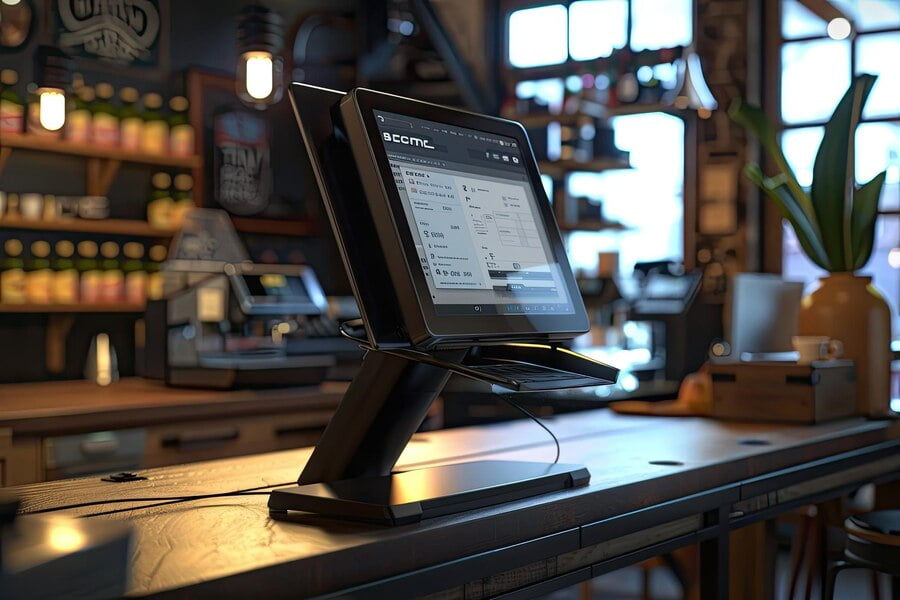Why Data Analytics from Your POS System Is Invaluable

In the competitive landscape of retail and hospitality, understanding customer behavior and optimizing operations are crucial for success. One of the most powerful tools at a business’s disposal is the data generated by its Point of Sale (POS) system. While many businesses use POS systems primarily for transactions, the real value lies in the wealth of data analytics they provide. Here’s why leveraging data analytics from your POS system is invaluable.
1. Understanding Customer Behavior
Data analytics from your POS system enables businesses to gain deep insights into customer behavior. By analyzing purchase history, preferences, and transaction patterns, you can identify what products or services are most popular, which times of day see the highest sales, and even seasonal trends. This information allows you to tailor your offerings to meet customer demands effectively. For instance, if data shows that certain products sell better during the holidays, businesses can prepare by stocking those items in advance.
2. Enhancing Inventory Management
Effective inventory management is crucial for minimizing costs and maximizing profits. POS analytics provide real-time insights into stock levels, allowing businesses to understand what items are moving quickly and which are stagnant. This data helps in making informed decisions about reordering, reducing excess inventory, and avoiding stockouts. By optimizing inventory levels based on data-driven insights, businesses can improve cash flow and ensure they meet customer demand without overstocking.
3. Improving Pricing Strategies
Data analytics can help refine pricing strategies by analyzing sales trends and customer responses to price changes. By understanding how different pricing models affect sales, businesses can implement dynamic pricing strategies that maximize revenue. For example, if analytics show that lowering prices during specific periods increases sales volume, businesses can strategically adjust their pricing to capture more market share during peak times.
4. Boosting Marketing Efforts
With POS data analytics, businesses can segment their customer base and develop targeted marketing campaigns. By analyzing customer demographics and purchasing habits, businesses can create personalized promotions that resonate with specific groups. For instance, if a particular demographic tends to buy a certain product, targeted advertising can increase engagement and drive sales. This data-driven approach to marketing not only improves the effectiveness of campaigns but also enhances customer satisfaction by providing relevant offers.
Also read: How POS Systems Can Facilitate Better Team Collaboration
5. Streamlining Operations
Efficiency is key in any business operation, and POS data analytics can identify bottlenecks and areas for improvement. By analyzing transaction times, employee performance, and peak sales periods, businesses can streamline processes and improve operational efficiency. For example, if data indicates that checkout times are longer during specific hours, management can allocate additional staff during those peak times to enhance customer service.
6. Forecasting Future Trends
Predictive analytics derived from POS data can help businesses anticipate future trends and prepare accordingly. By examining historical sales data, businesses can identify patterns that indicate future performance. For example, if data shows consistent sales growth for a particular product during certain months, businesses can plan marketing and inventory strategies in advance. This foresight enables proactive decision-making and minimizes the risk of being caught off guard by changing market conditions.
7. Enhancing Customer Experience
Ultimately, leveraging data analytics from your POS system leads to an enhanced customer experience. By understanding customer preferences and behaviors, businesses can personalize interactions and provide a more tailored service. This might include recommending complementary products based on past purchases or offering loyalty rewards that resonate with frequent buyers. A personalized approach not only fosters customer loyalty but also encourages repeat business, driving long-term profitability.
8. Monitoring Performance Metrics
Regularly analyzing performance metrics is essential for measuring success. POS systems provide key performance indicators (KPIs) such as sales per employee, average transaction value, and customer retention rates. By monitoring these metrics, businesses can assess their performance over time and make necessary adjustments to meet their goals. Understanding these analytics helps in recognizing strengths and weaknesses, leading to more informed strategic decisions.
Conclusion
In today’s data-driven world, the analytics derived from your POS system are invaluable. By harnessing this wealth of information, businesses can enhance customer understanding, optimize inventory, improve pricing strategies, and streamline operations. The insights gained from POS data not only drive marketing efforts but also foster a more personalized customer experience. As the retail and hospitality landscapes continue to evolve, leveraging data analytics will be crucial for staying competitive and achieving long-term success. Investing in a robust POS system is not just about transactions; it’s about unlocking the potential of data to drive your business forward.
Visit our site at www.dibtech.com.au
Visit our YouTube channel for tutorials Dibtech






